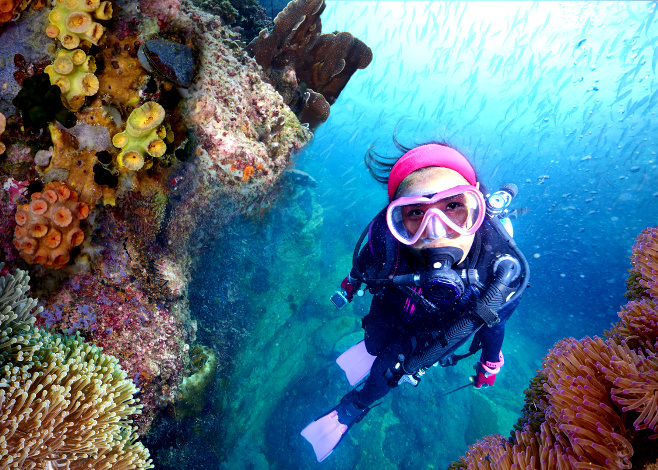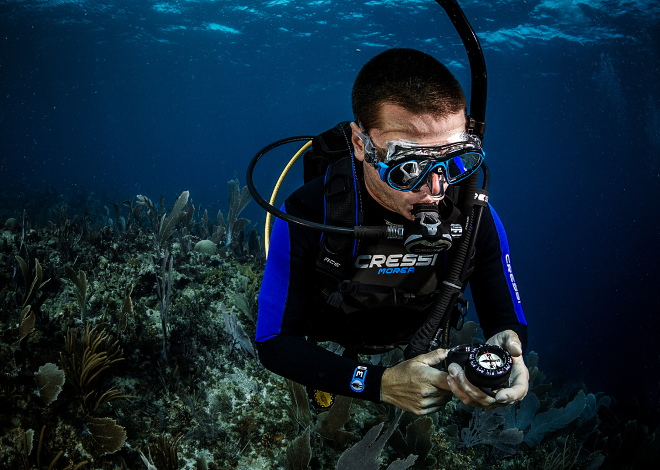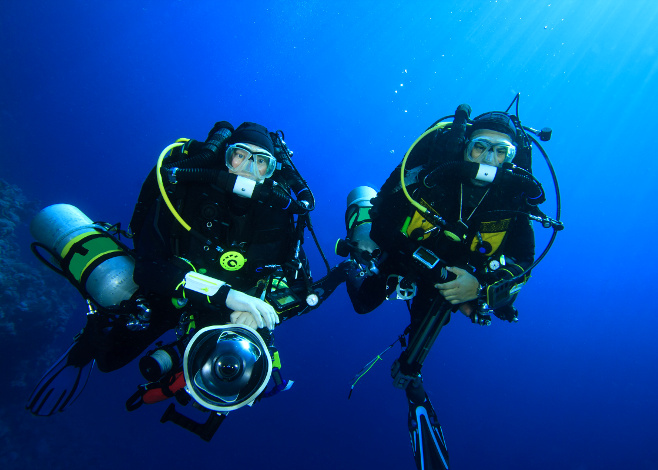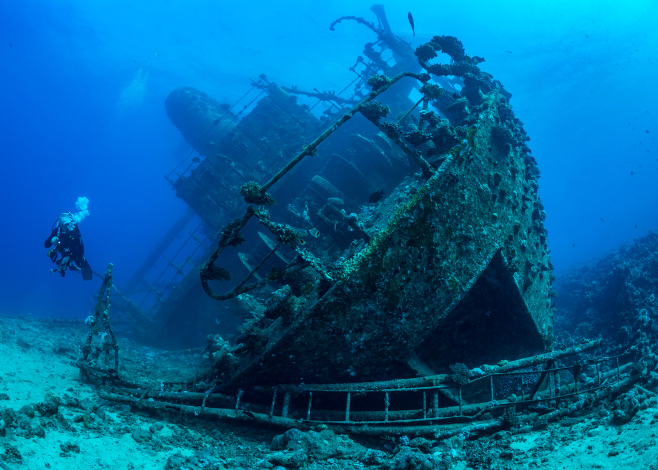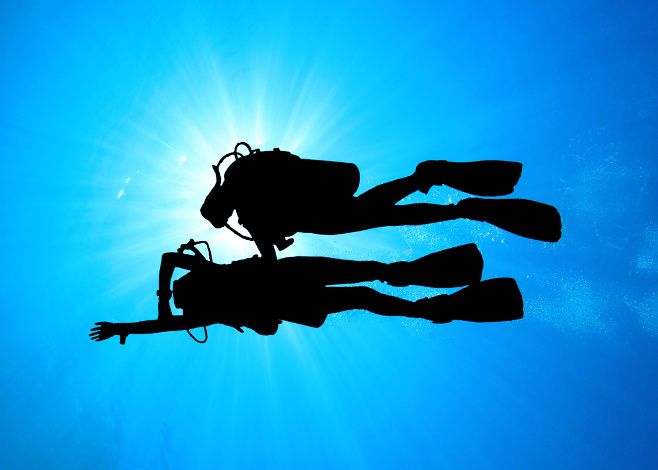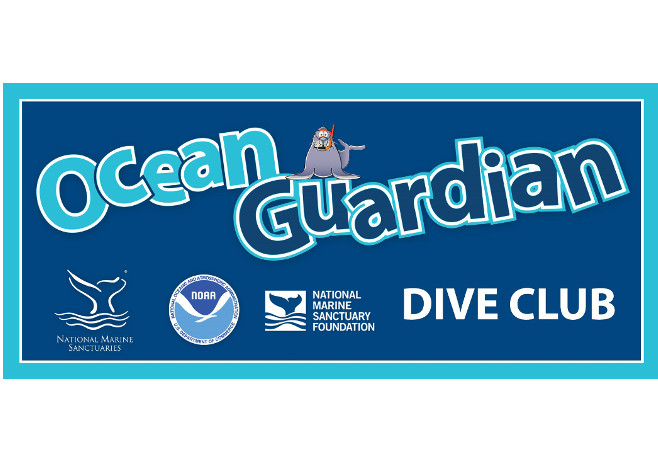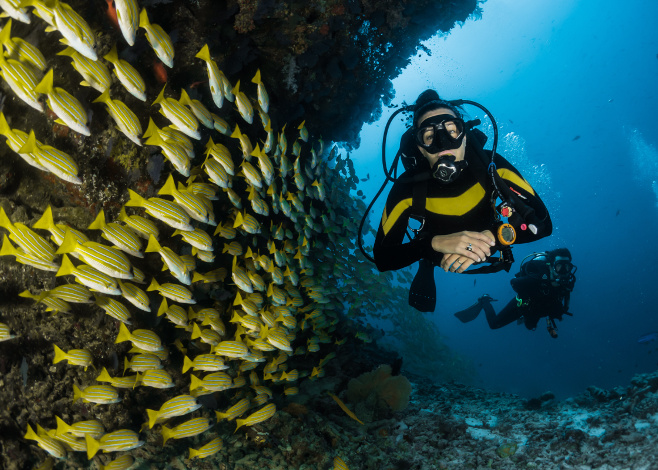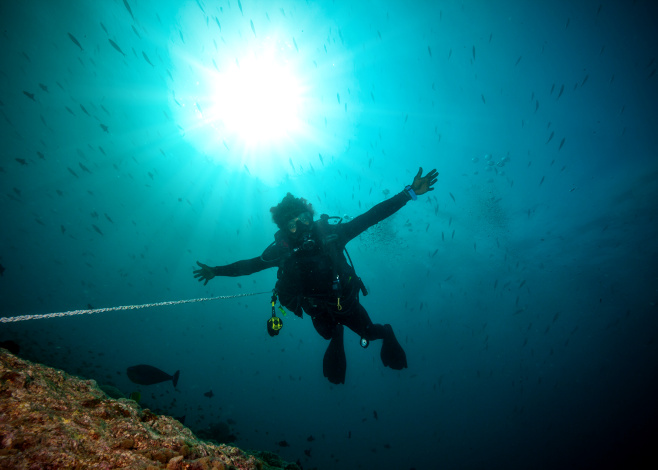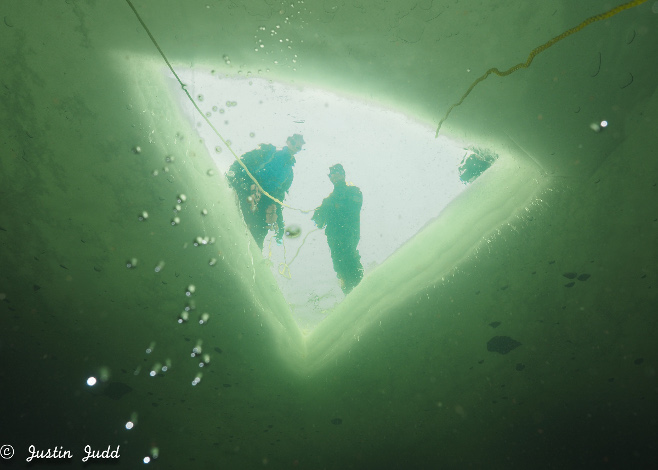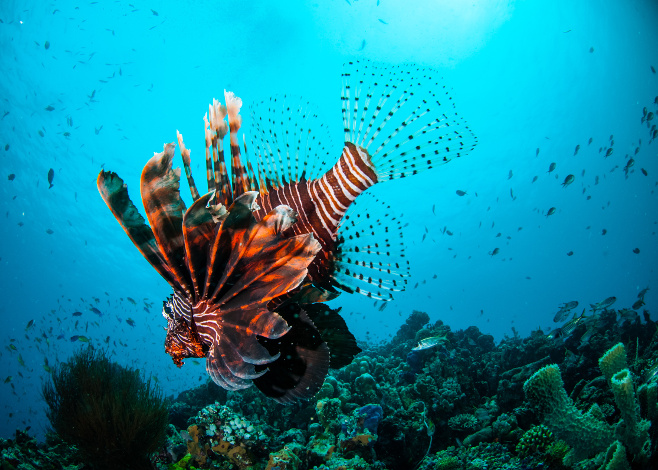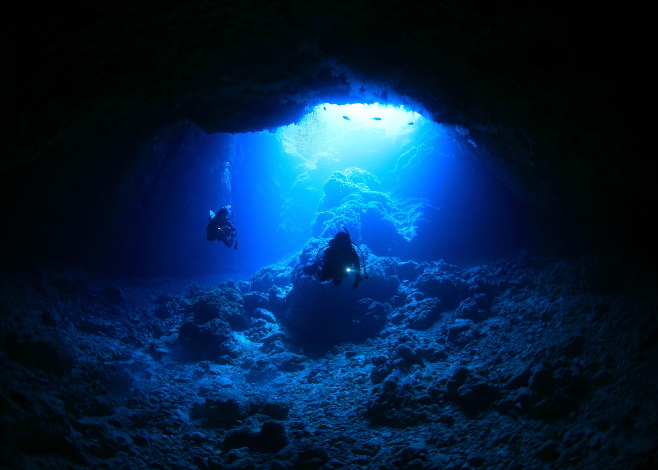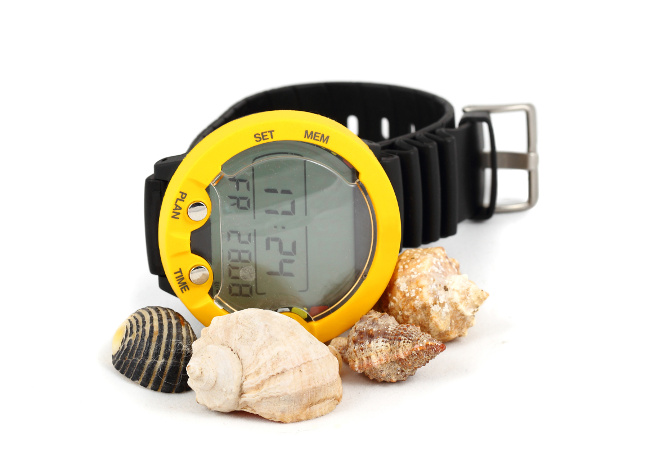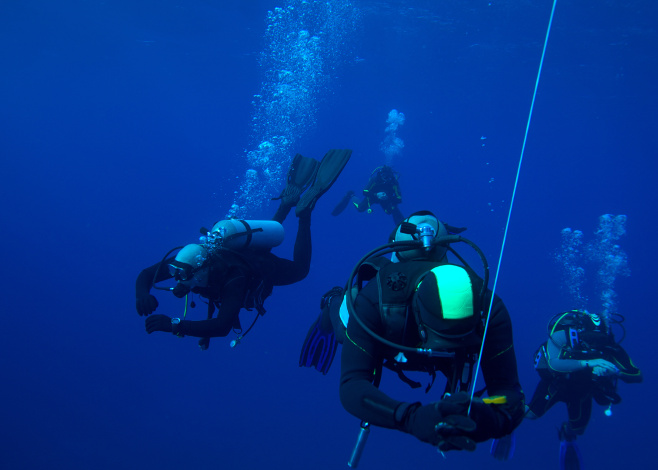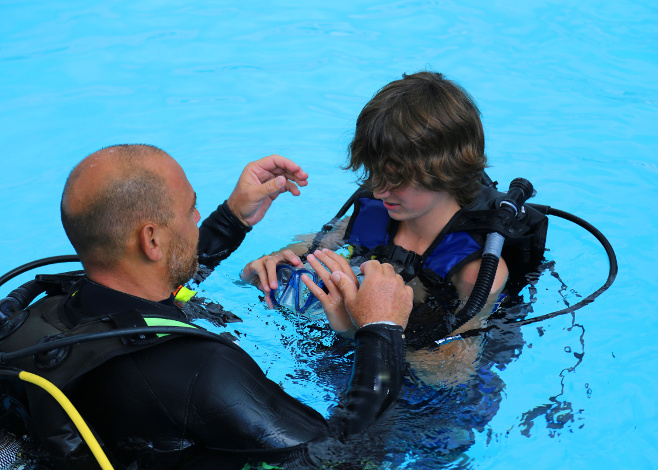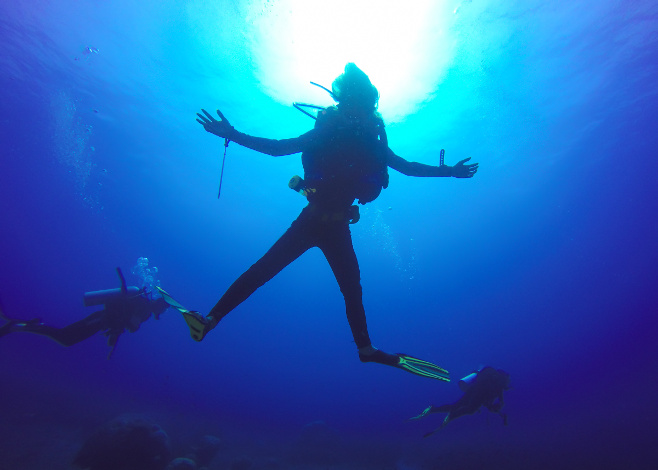We’re not going to solve the age-old argument of whether you should wear a snorkel when scuba diving, but will offer a list of pros and cons to help you decide.
Training
Many divers stop learning about underwater navigation after their first open-water course. But using a compass underwater properly is a vital skill.
Getting someone’s attention underwater is a crucial safety skill. Here’s a roundup of the most common surface signaling for scuba divers.
Interested in decompression diving? Here’s what you need to know to get started and what you can expect once you try it.
Wreck dives can be some of the best of your life, but there are hazards when it comes to wreck penetration. Here are three to watch out for.
Although it’s easy to follow the guide on nearly every dive, it’s important to practice underwater navigation techniques.
NOAA’s Ocean Guardian Dive Club can help diving kids develop an appreciation for, and knowledge of, ocean conservation
Many of us dive with well-known buddies or a dive group, but diving with a dive guide is always a good idea if you’re unfamiliar waters.
Drift diving can be exhilarating. But if there is a strong current, you must keep these factors in mind to dive safely.
Even though kids can go night diving once certified, there are a few factors parents must consider before letting their children participate in a night dive.
When the temperature outside is below freezing, you might not consider a dive. But after an introduction to ice diving, you might change your mind.
Native to the Indo-Pacific, the beautiful but invasive lionfish is wreaking havoc on Caribbean reefs. Many nations, including the Cayman Islands, have resorted to lionfish culling to address the problem.
The PADI Advanced Open Water course offers a choice of three different adventure dives to complete your course. Which should you choose?
There are more and more choices every day, but how do you know which dive computer is right for you?
Most divers strive for good air consumption, but do we really understand what makes us more or less efficient underwater? Here’s the science of oxygen and scuba diving made simple.
Although Junior Open Water divers cannot exceed either 40 feet or 60 feet in depth, depending on age, safety stops are still imperative when diving shallow with kids.
Teaching children to scuba dive calls for a different approach to our sport. As a parent, what should you look for when it comes to an instructor? And as an instructor, how should you adapt your techniques?
Although completing an entry-level dive course is a great first step, there’s far more to learn about scuba. Here’s why an advanced course should be your next move.


